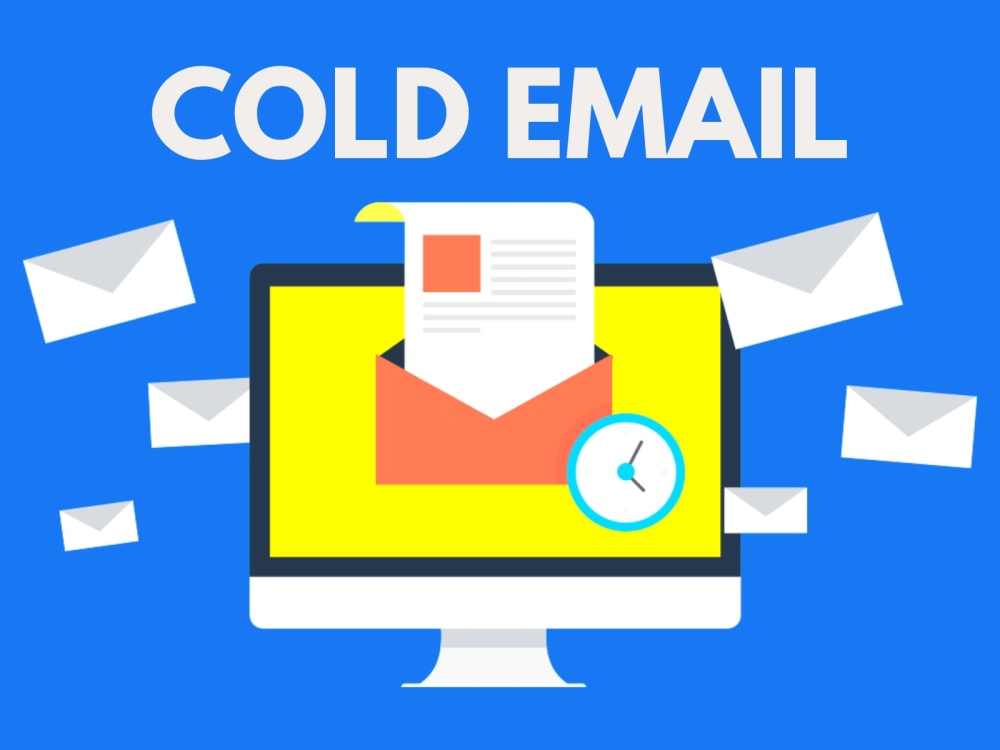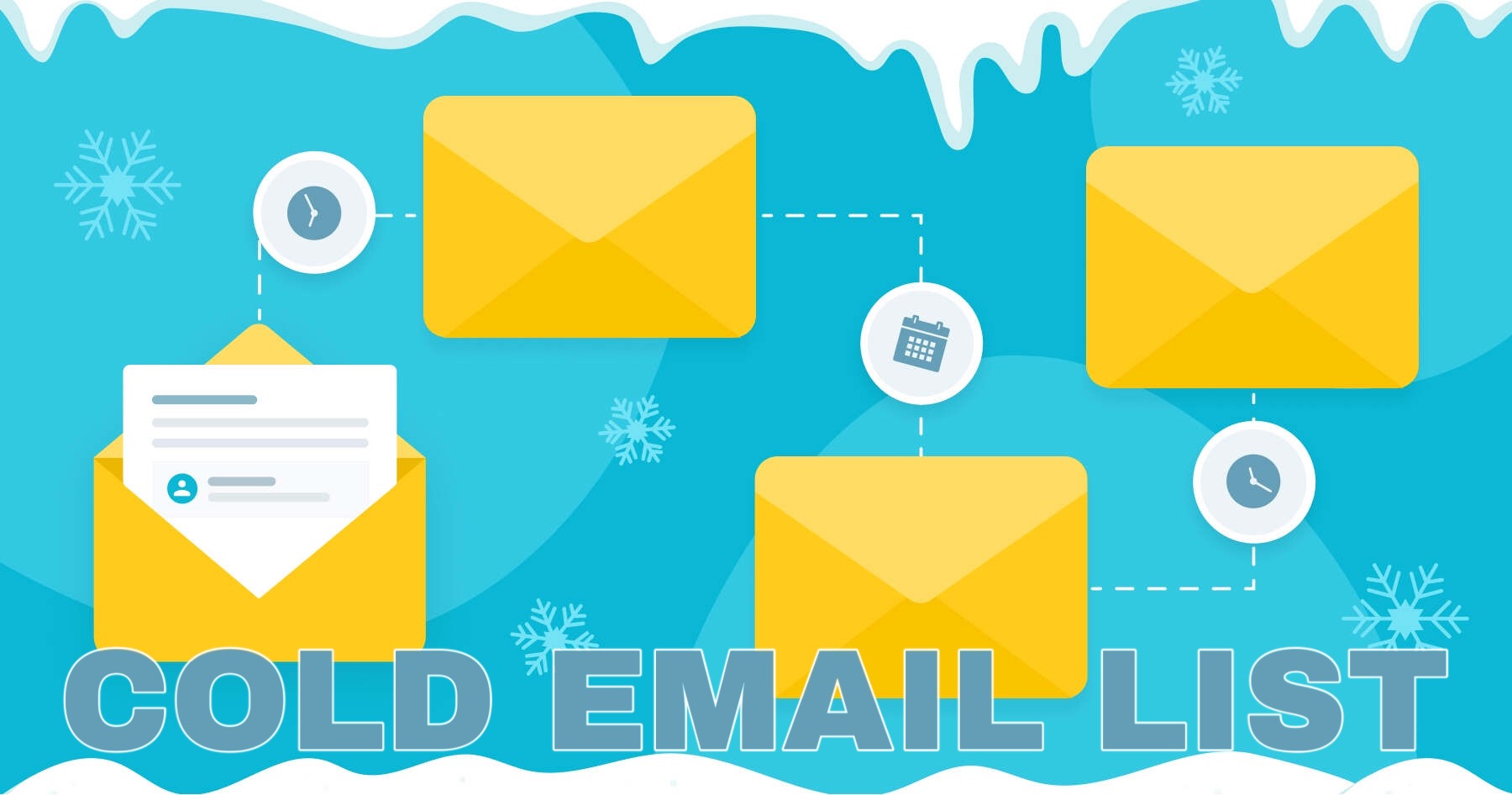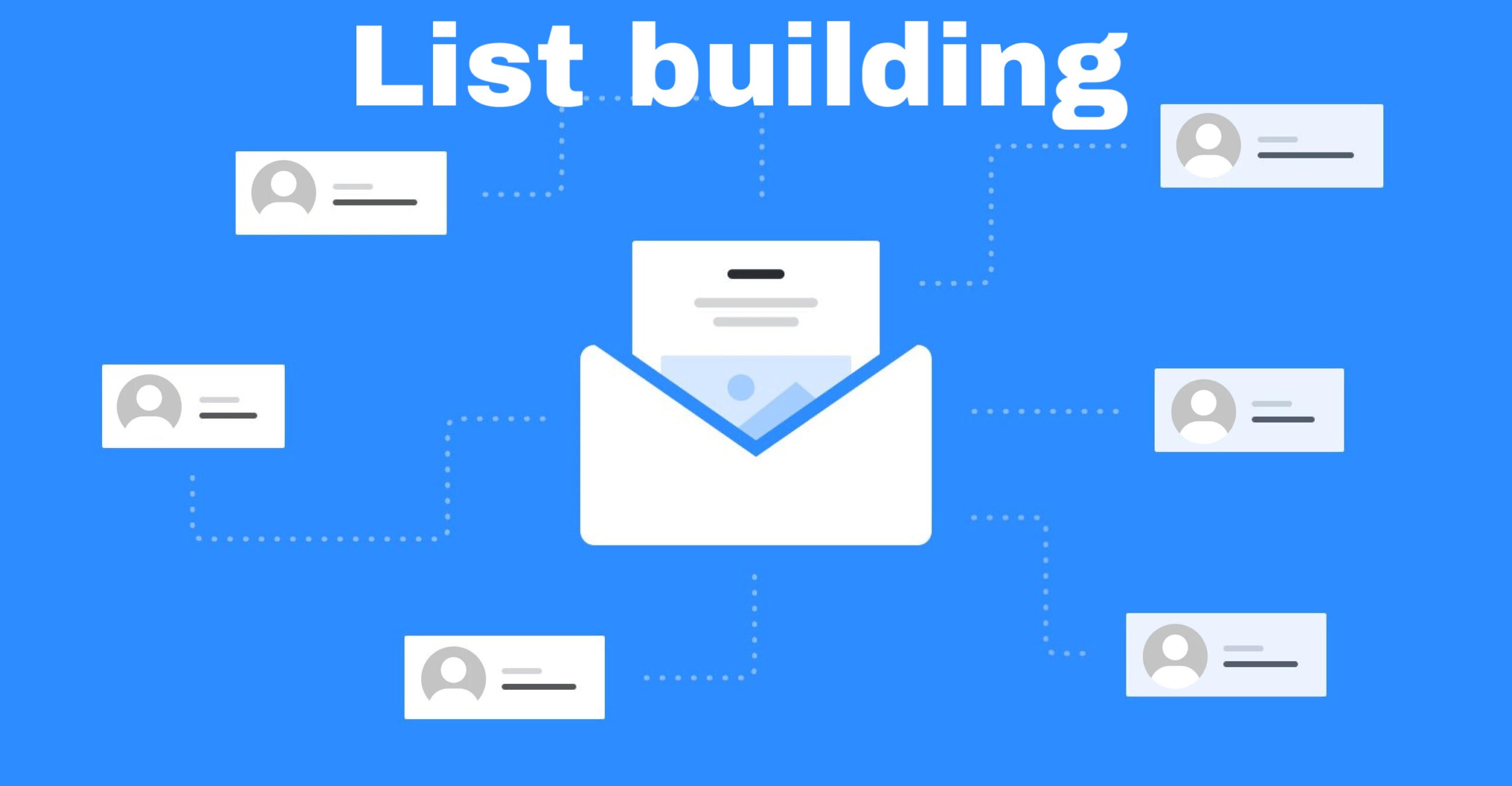Introduction
Cold email list building is a powerful strategy to expand your reach, engage potential customers, and drive conversions. This comprehensive guide will walk you through the essential steps to build a high-quality cold email list and execute successful cold email campaigns.
Understanding Cold Email Marketing
Cold email marketing is reaching out to prospects you don’t know by email rather than by cold calling, messages on social media, or any other method.
The purpose is the same between a cold email and a cold call, but email is much easier to scale for the sender and far less intrusive for recipients. Because of this, prospects are more receptive to a series of cold emails than to repeated cold calls.
Like advertising, cold marketing email aims to introduce your company or product to a targeted recipient (or ad viewer) and persuade them to respond or buy. However, compared to advertising, email outreach is far more cost-effective and often more precisely targeted.
Setting the Foundation for Success
Establish clear goals for your cold email campaigns. Although the immediate goal of cold mail outreach is a response, it’s important to remember that many more people will read your email than will respond to it. Every message you send affects a larger audience than those who reply — therefore, it also informs, creates a lasting impression of your brand, can influence referrals, and sets the foundation for a potential relationship.
Segmenting your audience for personalized outreach.
A successful email campaign message combines relevant and accurate personalization, content that is meaningful to the audience, and a specific call to action. It’s the right message for the right person at the right time.
We spoke about personalization and the pitfalls that can be there. It is undoubtedly crucial in cold outreach because it demonstrates effort and increases the chances of your email getting noticed. However, there’s a fine line between personalization and intrusion. You can check examples of good and bad personalization in our article about that topic.
Beyond the message itself, reply rates can be increased by technical performance aspects such as list accuracy, email timing, deliverability, testing, and sender reputation.
Ethical Sourcing of Email Addresses:
1. Use Your Network: Leverage your existing contacts and connections within your industry. Ask for introductions or referrals.
2. Social Media Platforms: Search for potential prospects on platforms like LinkedIn. Connect with them and gather their email addresses with their consent.
3. Industry Events and Conferences: Participate in relevant events and collect business cards. Ensure you have permission to add these contacts to your email list.
Warm-up
“Warm-up” in email marketing refers to a gradual process of establishing trust and credibility with internet service providers (ISPs), email service providers (ESPs), and email inbox providers. The goal is to gradually increase the volume of emails sent from a new email sender domain/IP address without triggering spam filters or being marked as suspicious. You can read more about it in our article about warm-up.
Legal Compliance:
1. Understand Anti-Spam Laws: Familiarize yourself with regulations such as CAN-SPAM (for the U.S.) and GDPR (for the European Union). Ensure your practices comply with these laws.
2. Permission-Based Lists: Only add individuals to your list who have given explicit consent to receive communications from you.
Verification and Quality Assurance:
Regularly verify your email list to remove invalid or outdated addresses. A high-quality list improves deliverability and engagement.
Tools to verify your emails:
Provide an Opt-Out Option:
Include a visible and easy-to-use unsubscribe option in every email. Respecting unsubscribe requests is crucial for maintaining a positive sender reputation.
Take care of your sender reputation
Sender reputation (SR) plays a crucial role in the effectiveness of email marketing campaigns. It is essentially a measure of the trustworthiness and credibility of the sender’s email domain and IP address. A positive sender reputation can enhance email deliverability, ensuring that your messages reach the intended recipients’ inboxes. We spoke about it in our article. Check it for detailed information about the sender reputation and its importance.
Set all authentication protocols
Set up authentication protocols like SPF (Sender Policy Framework), DKIM (DomainKeys Identified Mail), and DMARC (Domain-based Message Authentication, Reporting, and Conformance) to verify the legitimacy of your emails. These protocols enhance security and contribute to a positive sender reputation.
Analyze and Iterate:
Regularly analyze the performance of your campaigns. Understand what works and what doesn’t, and continuously refine your approach.

Is cold email spam?
No. When done right, cold email is not spam. Though a cold message and spam message are both types of unsolicited email, cold emails are targeted, personal, and relevant. They have a legitimate business purpose and come from a verifiable source.
An effective cold email should include:
- Your full, real name
- Other relevant contact information, such as your website, social profiles, physical business address, and phone number
- Content personalized to the email recipient
- Your reason for contacting them, in plain English
- No clickbait in the subject line.
Conclusion
In conclusion, building a cold email list is a nuanced process that requires a strategic and ethical approach. By combining practices, personalization, and continuous improvement, you can unlock the full potential of cold email marketing and achieve your business objectives. The success of your cold email campaigns hinges on the quality of your list and how you engage with your recipients. A well-managed cold email list can be a powerful asset for expanding your reach, fostering relationships, and driving conversions.







